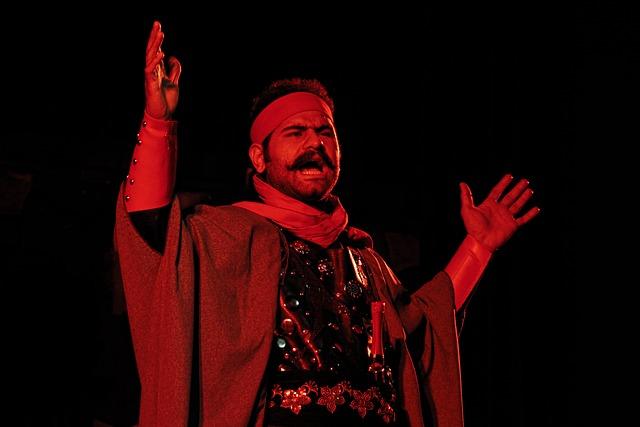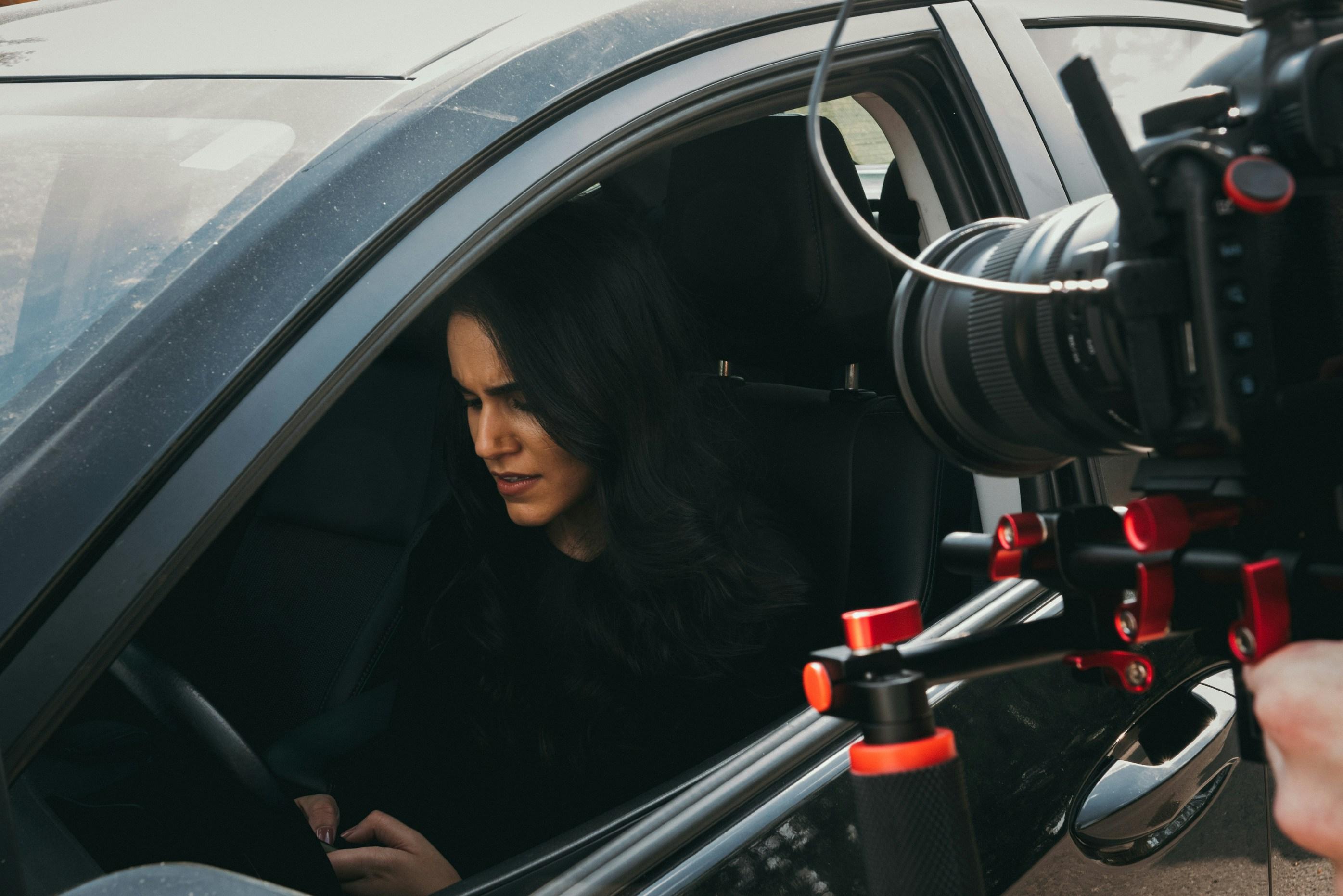In the dynamic world of filmmaking, the relationship between an actor and their character is pivotal, often serving as the linchpin of a compelling narrative. As storytelling evolves, a pertinent question emerges: should actors be actively involved in shaping their characters’ arcs? This debate delves into the heart of creative collaboration, examining the potential benefits and pitfalls of granting actors a more pronounced role in character development. By exploring this intersection of artistic vision and performance, we can better understand the impact of such involvement on storytelling, audience engagement, and the authenticity of the cinematic experience.
Actors as Collaborators: Enhancing Narrative Depth
Involving actors in the development of their characters’ arcs can significantly enrich the storytelling process. Actors bring a unique perspective to their roles, offering insights that may not be apparent to writers and directors. Their deep understanding of their characters’ motivations and emotions allows for a more nuanced portrayal, leading to a richer narrative. This collaborative approach can result in unexpected character developments that resonate more authentically with audiences.
- Enhanced Authenticity: When actors contribute to character development, they can infuse their performances with personal insights, creating a more believable and relatable portrayal.
- Dynamic Storytelling: Collaborative character building can lead to innovative story arcs, as actors may suggest plot twists or emotional journeys that align more closely with their character’s trajectory.
- Improved Engagement: Characters that evolve through actor collaboration tend to engage audiences more deeply, as they reflect a more holistic and layered narrative.
Ultimately, allowing actors to shape their characters’ arcs not only enhances the depth of the narrative but also empowers actors to deliver performances that are both compelling and memorable.

Creative Ownership: Balancing Director and Actor Visions
In the intricate dance of filmmaking, directors and actors must often negotiate the creative ownership of a character’s journey. While directors possess a holistic vision for the story, actors bring unique insights into their characters’ emotional and psychological landscapes. This dynamic can enrich a film if balanced effectively. Directors may outline the character’s path, but actors often infuse life into these roles, offering perspectives that may not have been initially considered. Their intimate understanding of the character can lead to compelling performances that resonate with audiences.
- Collaboration: Engaging actors in discussions about their characters can foster a collaborative environment, enhancing the story’s authenticity.
- Flexibility: Allowing actors to contribute creatively can introduce unexpected but valuable layers to the narrative.
- Conflict Resolution: Establishing clear communication channels can help navigate any creative disagreements that may arise.
Ultimately, the synergy between a director’s vision and an actor’s interpretation can elevate a film from a mere story to an unforgettable experience. By recognizing and respecting each other’s contributions, filmmakers can achieve a harmonious balance that serves the narrative’s greater good.
Empowering Performers: Benefits of Character Co-Creation
Involving actors in the creation of their characters’ journeys can significantly enhance the depth and authenticity of a performance. When actors participate in character development, they bring a unique perspective that enriches the narrative. Their personal insights and emotional connections can lead to more genuine portrayals, resonating deeply with audiences. This collaborative approach not only empowers actors but also fosters a dynamic creative environment where innovation thrives.
Consider the following benefits of character co-creation:
- Enhanced Authenticity: Actors contribute personal experiences, making characters more relatable and believable.
- Increased Investment: By shaping their roles, actors become more invested, often leading to standout performances.
- Creative Synergy: Collaboration between writers, directors, and actors can spark new ideas and directions for the story.
- Adaptive Storytelling: Actors’ input allows for more flexible and responsive narratives that can evolve naturally.
Ultimately, involving actors in character development not only benefits the individual performer but elevates the entire production, creating a more engaging and compelling experience for everyone involved.

Guidelines for Successful Actor Involvement in Story Development
Involving actors in the development of their characters’ arcs can be a game-changer if approached with clear guidelines. Collaboration should be encouraged, but boundaries must be set to maintain the integrity of the script. Here are some effective strategies:
- Clear Communication: Establish open channels for discussion between actors, writers, and directors. This ensures that everyone is on the same page and can contribute effectively.
- Defined Roles: While actors bring unique insights, it’s crucial to delineate their influence. Writers and directors should retain final decision-making power to preserve the story’s vision.
- Structured Feedback: Implement regular feedback sessions where actors can voice their thoughts on character development, ensuring their input is considered without derailing the narrative.
- Focused Workshops: Organize workshops where actors can explore their characters in depth, allowing them to experiment with different approaches within the story’s framework.
By adhering to these guidelines, actors can enrich their characters’ journeys, adding layers and depth that resonate with audiences, while ensuring the narrative remains cohesive and compelling.

